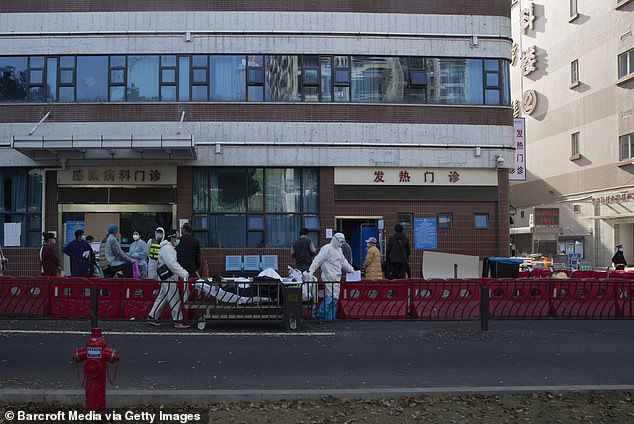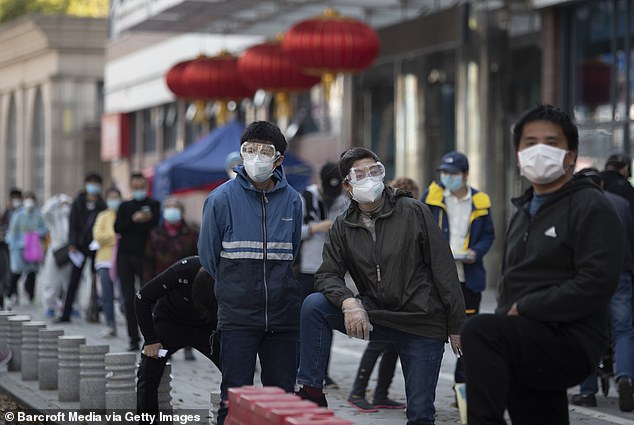In the first time since the start of a outbreak that has sickened more than 80,000 Chinese people, China has no new coronavirus infections domestically.
But what might be a warning that the country has overcome the lethal pathogen will probably only be a temporary relief.
The ministry said Thursday that results revealed 34 new cases over the past 24 hours, all found in people coming from abroad. There have been eight new deaths in central Hubei province, with the provincial capital Wuhan responsible for six of the deaths.
Although the epicenter of the epidemic has moved to Europe, where more cases are now registered on a daily basis than at the height of the Chinese crisis, epidemiologists warn that the Asian giant may face subsequent waves of infections, based on trends seen in other pandemics.
At peak, Wuhan reported dozens of new cases of infection with coronavirus daily, crippling his health care system.
China has just started stiffening stringent travel restrictions within the country, but has stepped up 14-day quarantine rules on those entering in Beijing, Shanghai or elsewhere from abroad, amid hopes of a new influx of students and others coming home.
As other countries struggle to close their civic life, they must watch China, where the virus first appeared last December, to see what happens when it removes the harsh lockdowns and social distancing steps that have helped curb the outbreak.
About 70,000 people have been discharged from hospital and 7,263 are currently under care.
Wuhan is supposed to see new infections with coronavirus dry up by mid-to-late March and its lockdown can be lifted until there are no new cases for 14 days, reports the state-backed China Daily.
If there has been no new case of coronavirus identified in Wuhan for 14 consecutive days following the last recorded case, we assume it would be the time when the lock down can be slowly lifted,’ Li told China Daily.
Li is the director of China’s State Primary Diagnosis and Treatment Laboratory for Infectious Diseases.
We expect new cases to stop occurring in late to mid-March. After loosening the lockout, we still need to perform routine steps strictly to avoid and monitor the virus to prevent a possible epidemic rebound.’





